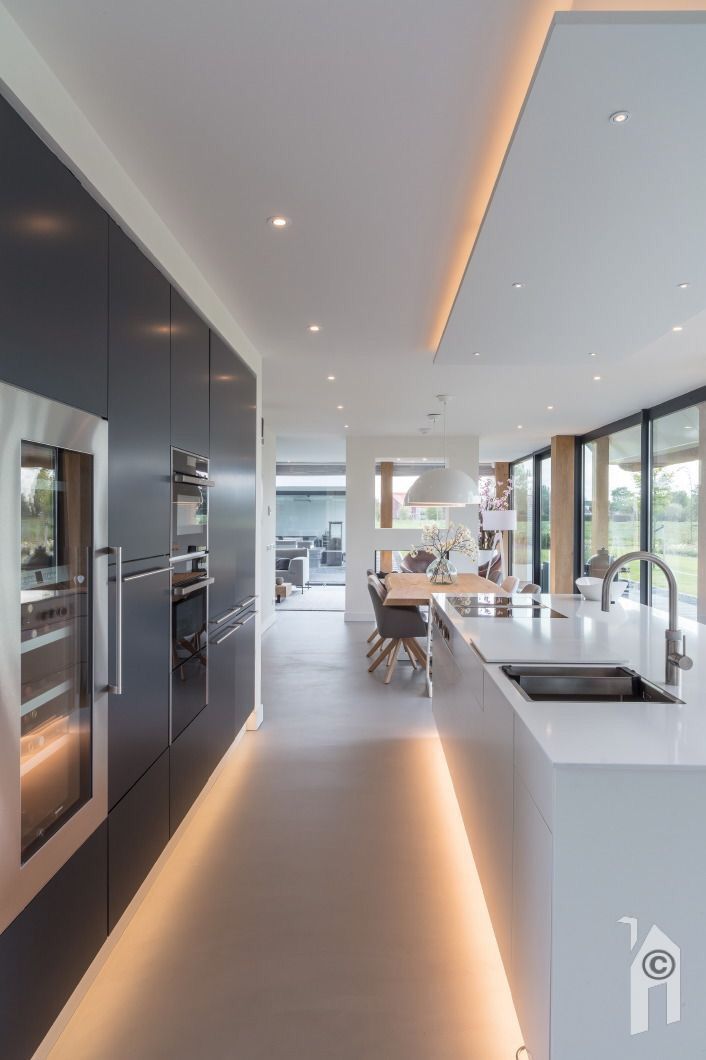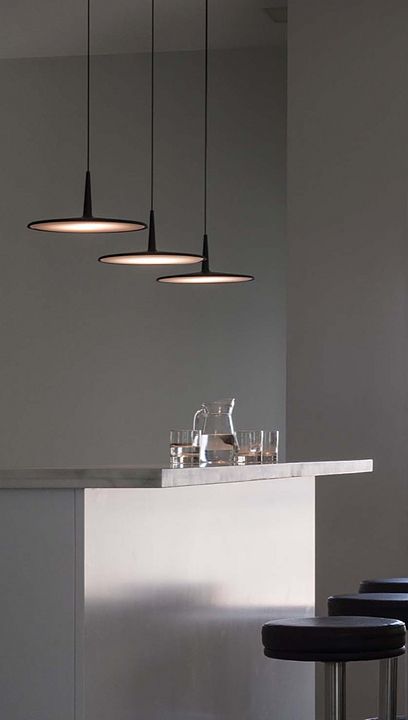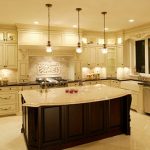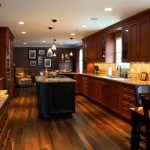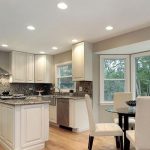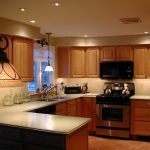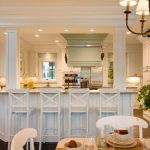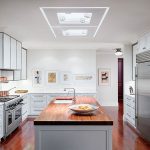When it comes to designing a kitchen, lighting is often an overlooked element that can truly transform the space. Thoughtfully planned lighting can enhance the functionality and aesthetics of your kitchen, creating a warm and inviting atmosphere for cooking, dining, and entertaining. By carefully considering the different types of lighting and placements, you can create a space that is not only beautiful but also efficient and practical.
One of the key principles of kitchen lighting design is layering. By incorporating different types of lighting, such as ambient, task, and accent lighting, you can create a well-lit space that is both functional and visually appealing. Ambient lighting, such as recessed ceiling lights or pendant lights, provides overall illumination and sets the mood for the space. Task lighting, such as under-cabinet lights or track lighting, helps illuminate specific work areas like countertops and stovetops. Accent lighting, such as wall sconces or strip lights, adds visual interest and highlights the architectural features of the kitchen.
When planning your kitchen lighting design, it’s important to consider the layout and function of the space. For example, if you have a kitchen island, pendant lights can be a stylish and practical choice to provide both task lighting for food preparation and ambient lighting for dining. Under-cabinet lights are also a popular choice for illuminating countertops and creating a warm, inviting atmosphere in the kitchen.
In addition to the type of lighting, the placement of fixtures is also crucial in creating a well-lit kitchen. For general ambient lighting, ceiling lights should be evenly spaced to provide uniform illumination throughout the space. Task lighting should be strategically placed above work areas, such as the sink, stove, and countertops, to ensure adequate brightness for cooking and food preparation.
Another important consideration in kitchen lighting design is the color temperature of the bulbs. Warm white bulbs (around 2700-3000 Kelvin) are often preferred for kitchens as they create a cozy and inviting atmosphere. Cool white bulbs (3500-4500 Kelvin) are better suited for task lighting as they provide brighter, more focused light for working areas.
In conclusion, thoughtful lighting design can truly enhance your kitchen and make it a functional and beautiful space to cook and entertain. By incorporating different types of lighting, such as ambient, task, and accent lighting, and carefully planning the placement and color temperature of fixtures, you can create a well-lit kitchen that is both stylish and practical. So next time you’re redesigning your kitchen, don’t forget to give lighting the attention it deserves!
 goodworksfurniture Decoration and home design ideas
goodworksfurniture Decoration and home design ideas
